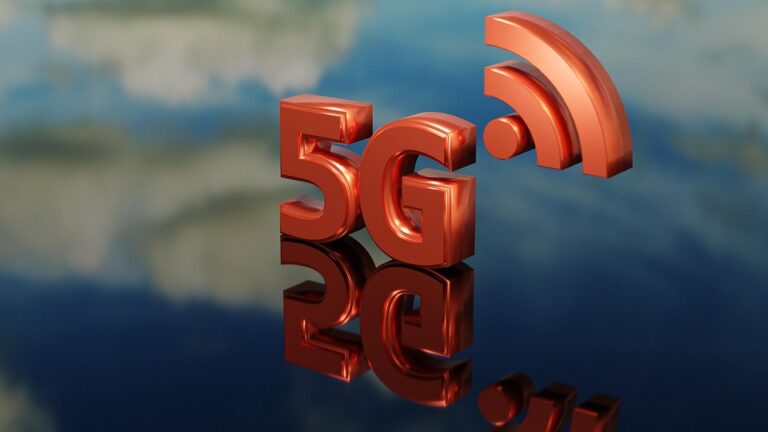Unlocking the Future: How 5G Technology is Transforming Connectivity and Innovation
The dawn of 5G technology is upon us, heralding a new age of connectivity and innovation. This revolutionary network promises to reshape industries and enhance our daily lives, providing faster data speeds, lower latency, and the ability to support a significantly higher number of devices simultaneously. In this article, we will explore the impact of 5G on various sectors, its role in driving innovation, and what the future holds as this technology becomes more prevalent.
The Basics of 5G Technology
5G, or fifth-generation wireless technology, represents a significant leap from its predecessor, 4G. With the capability to deliver data speeds up to 100 times faster than 4G, 5G facilitates nearly instantaneous communication between devices. The technology operates across a range of frequencies, utilizing both lower bands—favorable for long-distance communication—and millimeter waves, which support high-speed data transfer in densely populated areas.
Key Features of 5G
- Speed and Efficiency: 5G can achieve download speeds exceeding 10 Gbps, enabling seamless streaming and quick downloads.
- Low Latency: With latency as low as 1 millisecond, 5G is ideal for applications requiring real-time responsiveness, such as virtual reality (VR) and autonomous vehicles.
- Connectivity Support: 5G can connect up to a million devices per square kilometer, making it the backbone for the Internet of Things (IoT).
Transforming Industries
Healthcare Revolutionized
5G technology is set to transform the healthcare sector dramatically. Remote surgeries, powered by 5G, can be performed with precision, even from thousands of miles away. For instance, a recent case involved a surgeon in New York operating on a patient in Europe using 5G technology, highlighting its potential in emergency situations.
Smart Cities and Infrastructure
Cities worldwide are integrating 5G into their infrastructure, paving the way for smart city applications. Traffic management systems utilizing 5G can analyze data from various sensors in real-time, optimizing traffic flow and reducing congestion. A reported 20% decrease in traffic jams has already been observed in pilot projects across major cities.
Transformative Education
The educational landscape is witnessing a change with the implementation of 5G. The ability to stream high-definition content and connect students to interactive VR experiences can make learning more engaging. According to a report by Deloitte, 5G could enhance the learning experience for over 50 million students in the U.S. alone.
Driving Innovation
Business Applications
5G is revolutionizing the business landscape by enabling faster communication and data analysis, which are crucial for competitive advantage. Companies can innovate quickly and operate more efficiently with cloud computing services enriched by 5G. A notable example is the use of 5G by manufacturing companies for real-time monitoring, resulting in a 30% increase in operational efficiency.
Augmented Reality (AR) and Virtual Reality (VR)
The integration of AR and VR technologies is amplified with 5G. With its high-speed capabilities and low latency, immersive applications can reach new heights, from training simulations in technical fields to enhanced gaming experiences. This advancement not only enhances user experience but also presents new viable business models.
Challenges Ahead
Despite its potential, the rollout of 5G faces several challenges. The need for new infrastructure and significant investment deter some regions from adopting this technology quickly. Security concerns also loom, as an increase in connected devices may lead to greater vulnerability to cyber-attacks.
Conclusion: The Future with 5G
As the world anticipates the full rollout of 5G technology, its transformative impact on connectivity and innovation becomes increasingly evident. Industries from healthcare to education stand to benefit tremendously, paving the way for a more connected and efficient future.
For readers interested in further exploring the effects of technology on various sectors, consider checking these articles on buzzo.live:
To understand more about 5G technology’s promising future and its challenges, refer to external sources like the Gartner Report on 5G Developments and The World Economic Forum’s 5G Insights.

Alt Text: 5G technology transforming connectivity and innovation

Alt Text: 5G enabling the development of smart cities
As we continue to unlock the future with 5G, the potential for innovation is boundless, laying the foundation for a more interconnected world.


